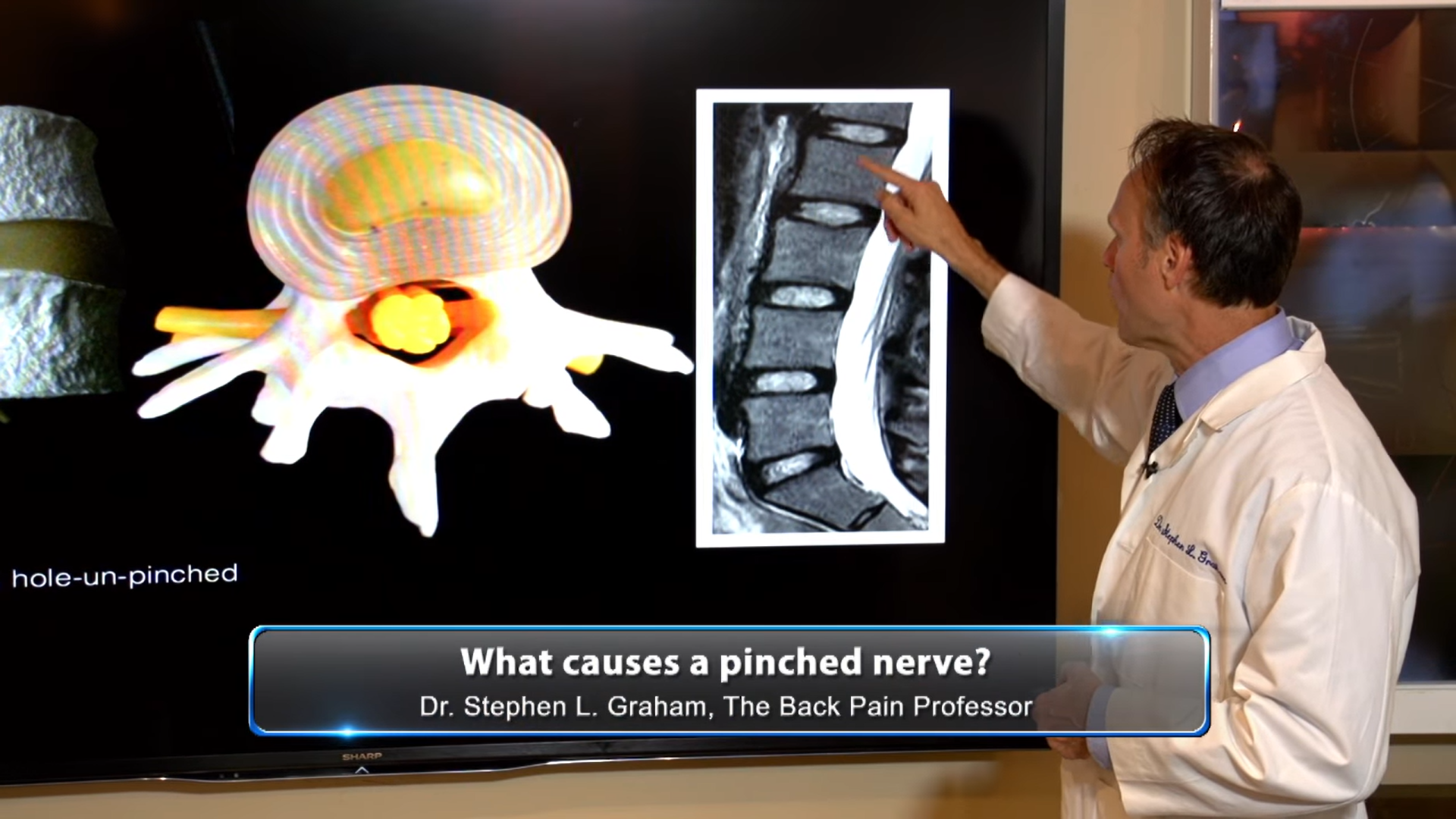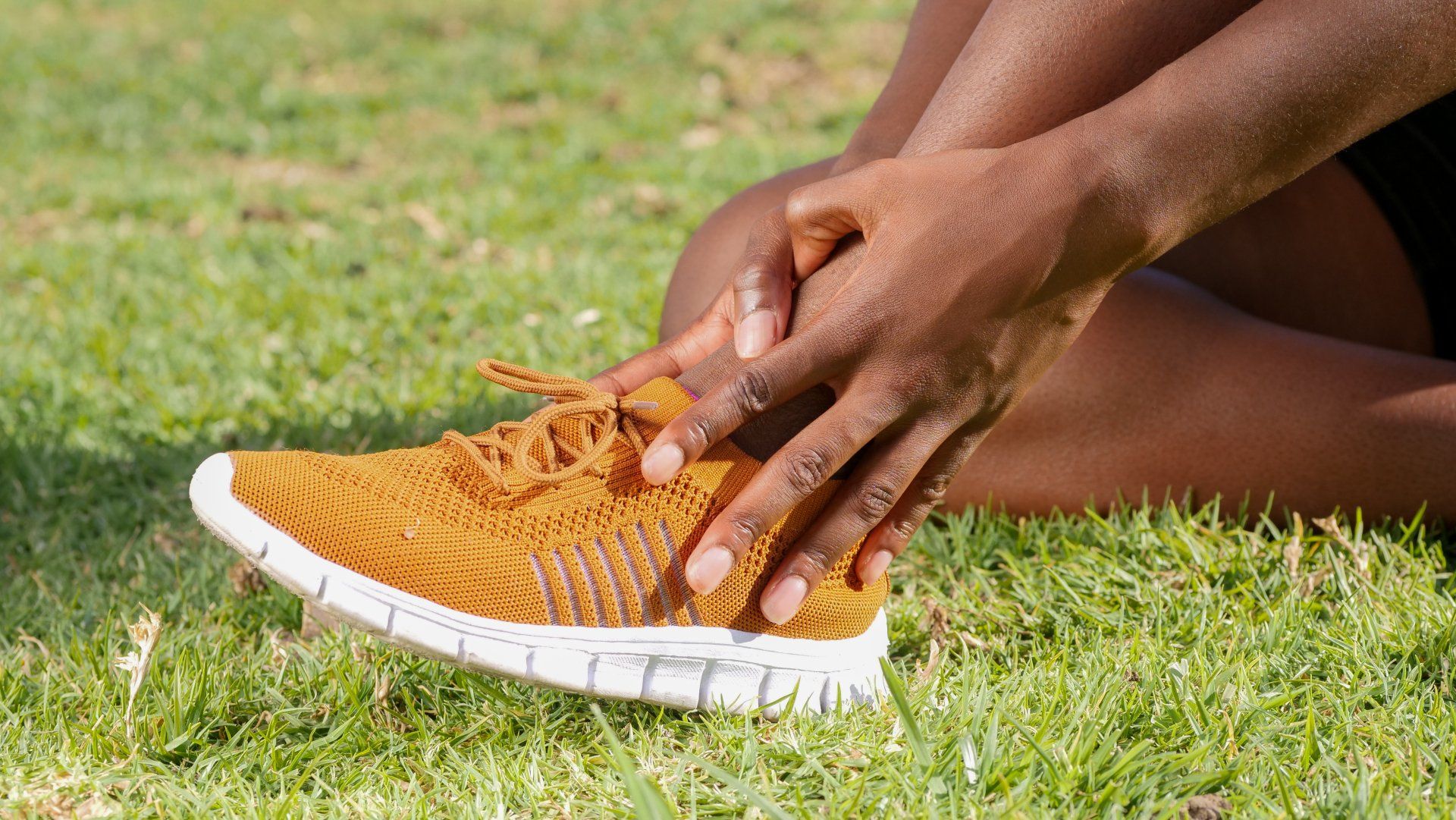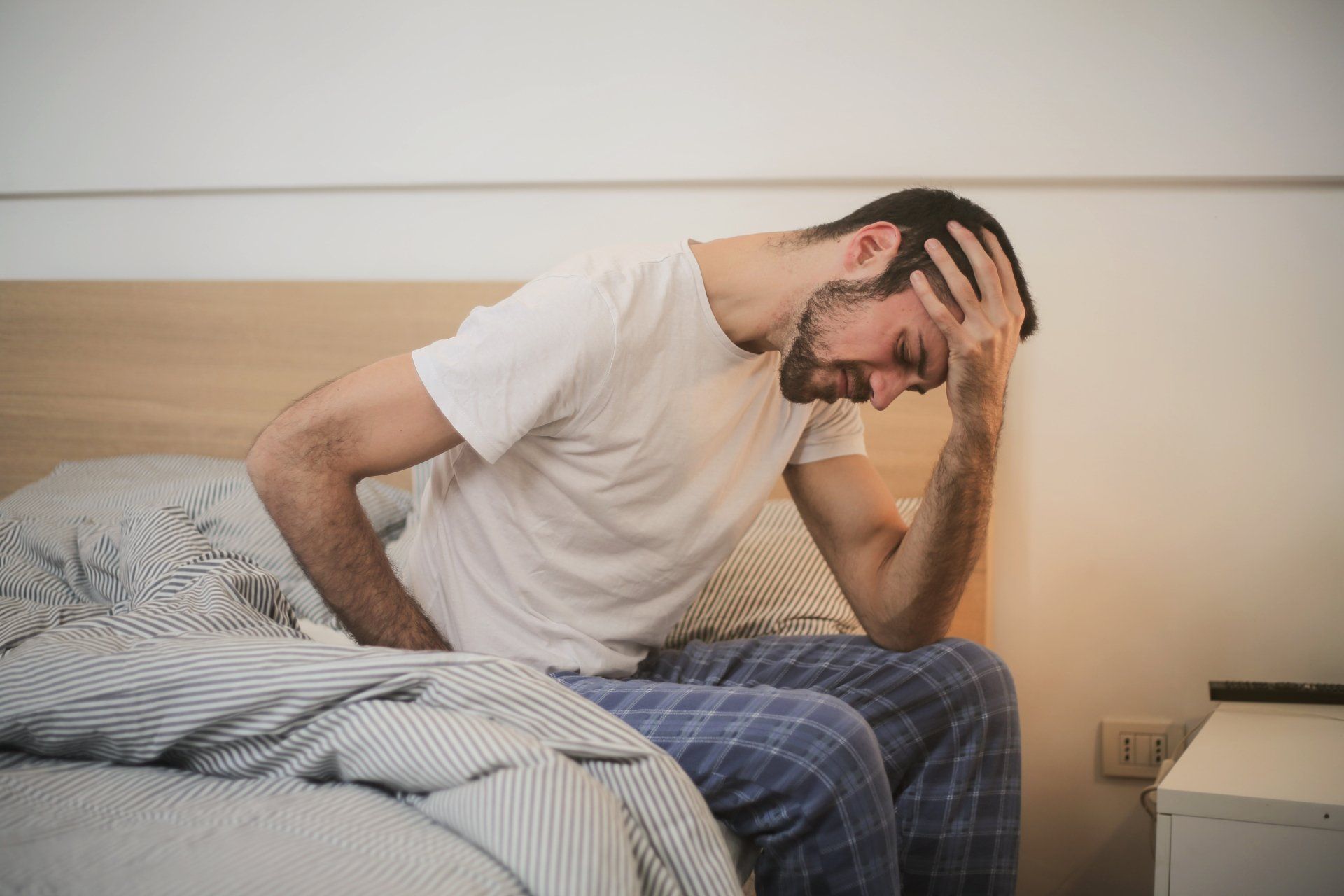Ford Worker Was Taking 10 Advil A Day To Battle A Low Back Problem And Trying To Work At The Same Time
Dr. Graham, a Louisville, Chiropractor, utilizes computerized chiropractic adjustments to correct problem
WHO:
47 year old male who is employed at the Ford Motor Company, consulted with our chiropractic office for low back and leg pain. He was referred to our office by his friend.
PAST CARE:
OTC: Advil 8-10 per day
SYMPTOMS:
Moderate to sometimes severe pain in his middle lower back, that he stated was there to some degree, all the time. The pain radiated into both of his thighs to the back of his knees (see diagram).
He believes that he injured it 4 years ago when he was forced to change his gait after he hurt his knee.
It had been getting worse 3 months ago. He reported to me that he thought it was going to go away on its own 3.5 years ago. And when it just kept getting worse, three months ago, his friend referred him to our office.
To help to relieve the pain he did the following:
- Advil pills (8-10 per day)
- Hot showers and heat
These things made it worse:
- Sitting (15 minutes)
- Standing (5)
- Walking (10)
- Bending
- Laying on his stomach
- Sneezing and coughing
Chiropractic/orthopedic examinations:
- Four (4) disc tests made his pain worse, including the cough test.
- Two (2) sacroiliac (pelvis) tests made the pain worse
- Two (2) spinal facet (rear spinal joints) tests were positive.
- Bending forward (flexion); backwards (extension) and bending to the right, all caused severe pain. Turning (rotation) to the right caused moderate pain
X-Ray studies:
The front view of his low back reveals a misalignment in the lowest part of the lumbar spine, L5. See his x-ray below.
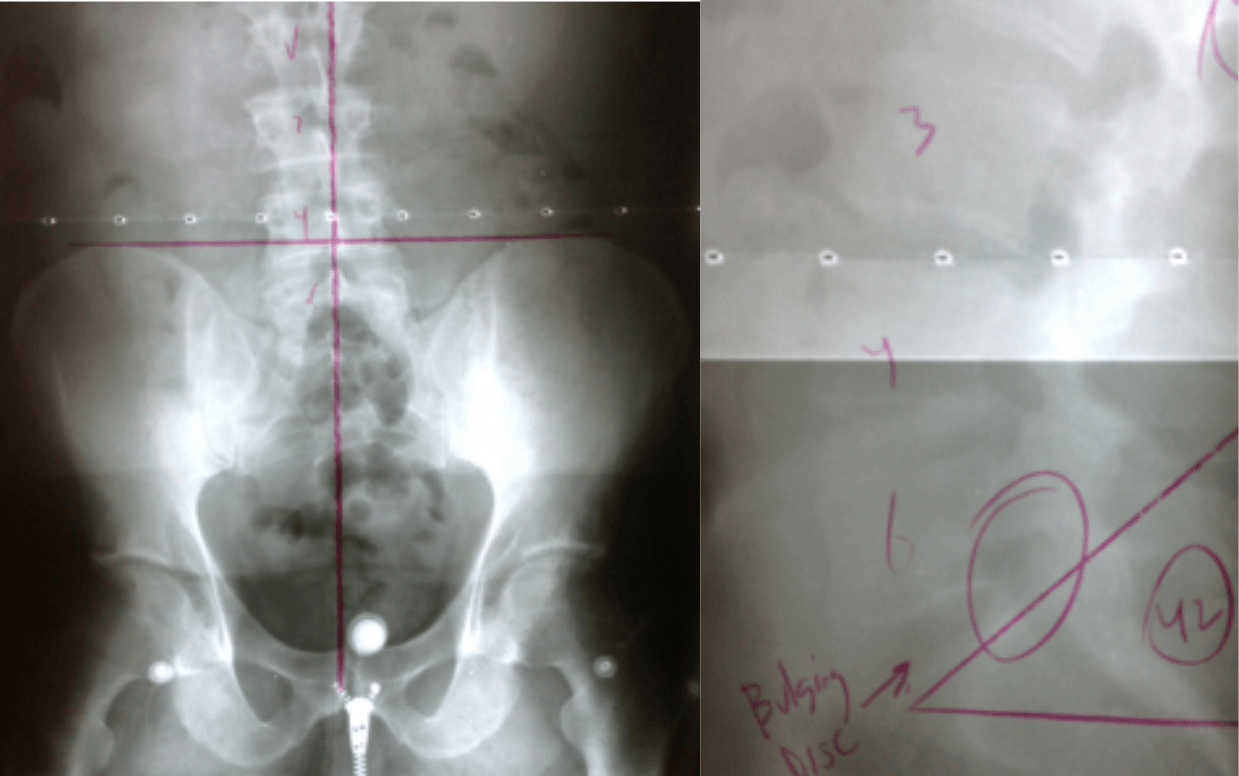
Working Diagnosis:
- Bulging disc at L5-S1
- Probable beginnings of degenerative disc at L5-S1
- Misalignment at L5
- Sacro-iliac joint fixation (pelvis jammed up with the sacrum)
Treatment:
I treated his lumbar spine and sacro-iliac joint (low back and pelvis) with computerized chiropractic adjustments. I set the force on the instrument to 400 Newtons (equivalent to 88 pounds of force). This is the optimum setting for the lumbar spine and pelvis.
Outcome:
After 5 days of the computerized chiropractic adjustments his thigh pain was 40% improved.
30 day examination: low back pain 50% improvement; thigh pain 70% improvement.
60 day examination: low back pain 80% improvement; thigh pain 90% improvement.
90 day examination: low back pain 95% improvement; thigh pain 95% improvement.
Set him up for periodic computerized chiropractic adjustments set at 400 N, two times a month to improve the following:
- Posture
- Improve nutrition to disc to avoid accelerated degenerative changes.
- Keep sacro-iliac joint un-jammed.
- Improve movement to the L5-S1 joint
In addition, he needs to do the following:
1. Prescribed specific home exercise for his low back
2. Attend in -house class on posture and stress each quarter (4 times per year)
Comments:
This was a fun case for me because this was not as complicated as some and I anticipated fairly fast results, because his degeneration in his lumbar spine was at a minimum.
Although he had positive disc signs they were not as pronounced as some I have seen. That made me think his bulges were small ones at best (1-3mm). His bigger problem turned out to be his pelvis and sacrum (most bottom part of the spine and below the lumbar spine). Both sides were stuck, jammed or fixated. This is very prevalent, especially with men because of past slips and fall, sports, etc.
These problems sometimes can also mimic a sciatic nerve problems to some extent. The other area that showed up was a misalignment of the lower lumbar spine (L5). These misalignments are not the issue as much as spinal bones that are adhering together, like his sacro-iliac joints were. So just looking at an x-ray and seeing that the spine is straight or misaligned is not good doctoring because until you dynamically test it, you can easily mis-diagnose a problem. This is why the doctor cannot treat an x-ray. He has to treat the patient.
This gentlemen did very well. However, he does have a disc that is wearing, he has a pelvis with a propensity to jam, which can lead to accelerated wear and tear of the last disc in his back (L5-S1).
Bi-monthly adjustments will keep his lumbar spine and pelvis unjammed and help him get off the fast track to serious permanent damage to the disc and spinal bones. All that Advil he was taking was a bleeding stomach ulcer waiting to happen. He should thank his friend who referred him.
As a final note, part of the care is a quarterly in house class on posture and stress. This covers how the spine and nervous system can microscopically break down each time we make a poor choice in how we sit, stand and lay down. Every decision we make has a consequence.
More Graham Chiropractic Blogs
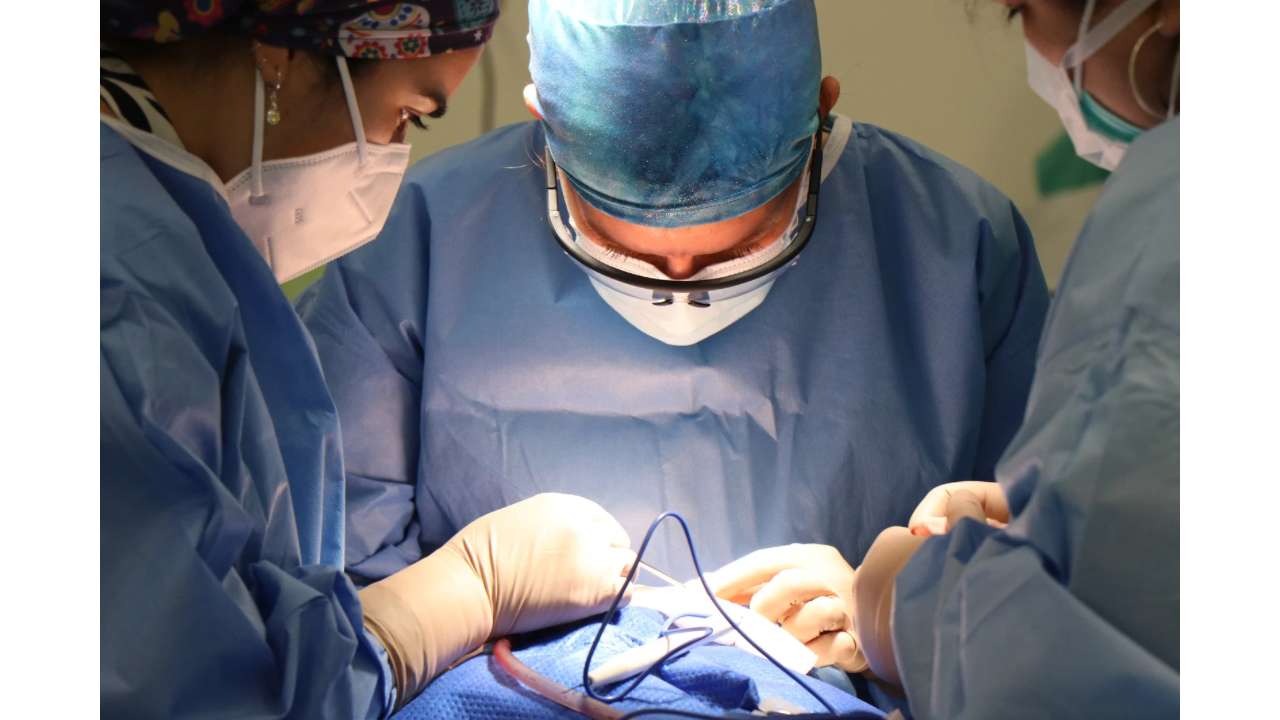


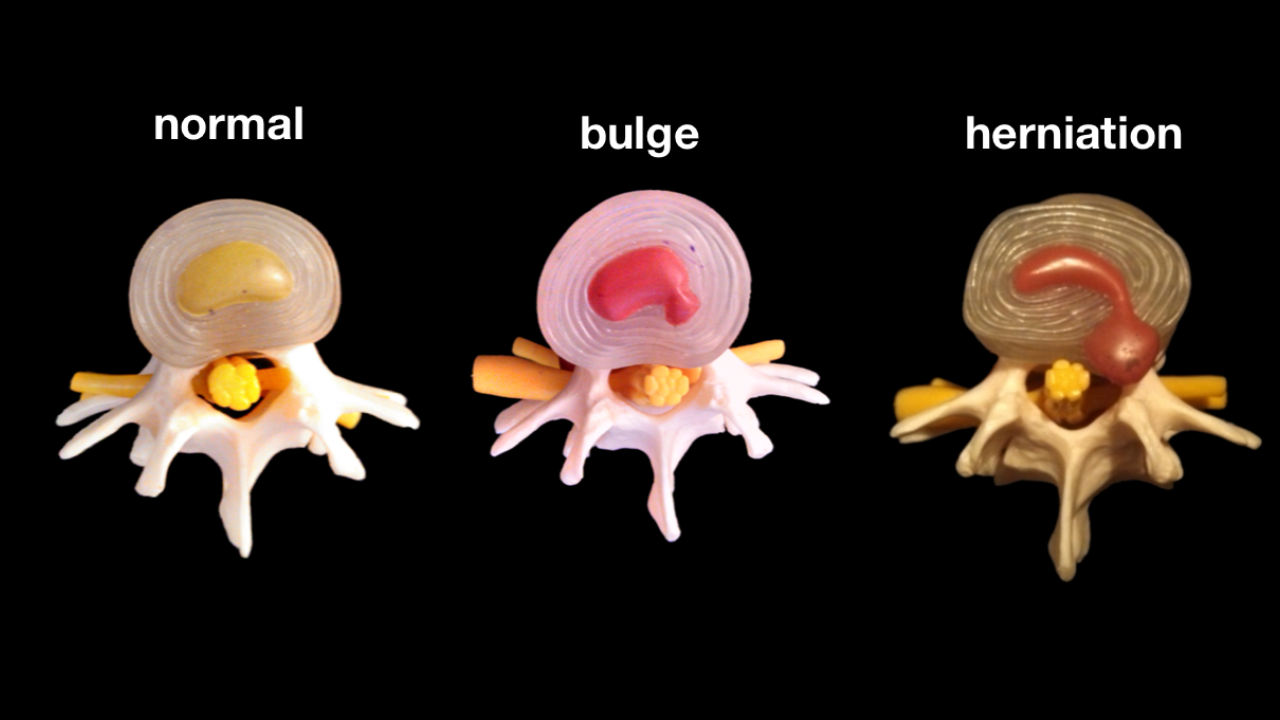
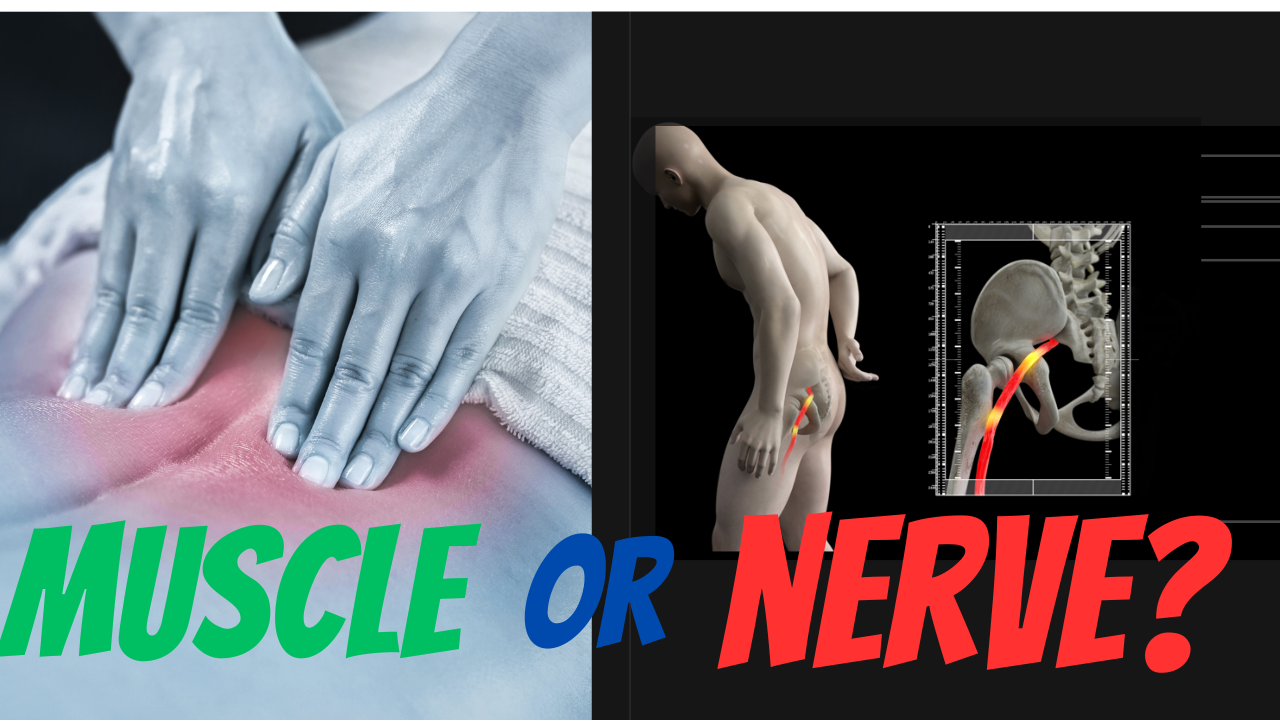
More Graham Chiropractic Case Studies
Useful Links
Office Location
Hours
| Monday | 5:00A - 11:00A |
|---|---|
| Tuesday | 5:00A - 11:00A |
| Wednesday | 5:00A - 11:00A |
| Thursday | 5:00A - 11:00A |
All Rights Reserved | Graham Chiropractic

